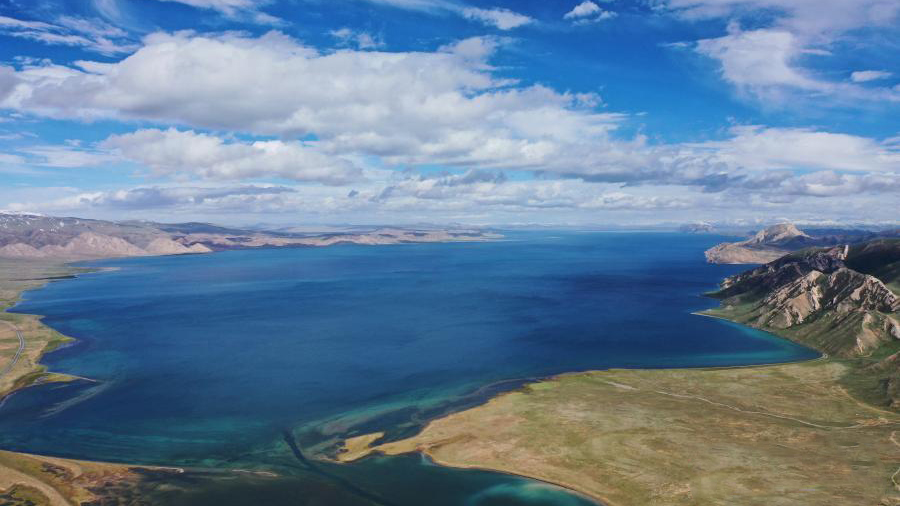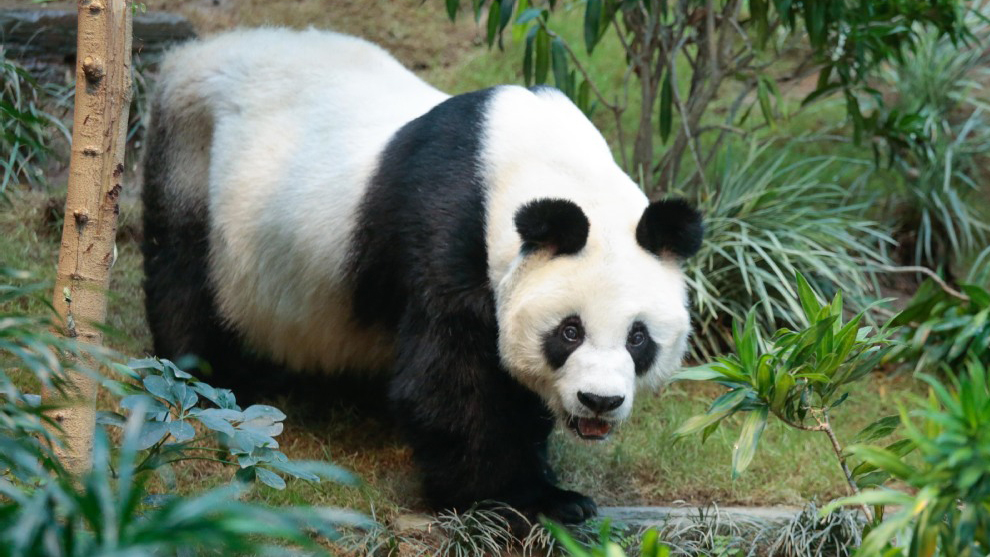China’s Xizang doubles efforts to protect glaciers, snow mountains in recent years

Photo shows the Midui glacier in southwest China’s Xizang Autonomous Region. (People’s Daily/Xu Yuyao)
In recent years, southwest China’s Xizang Autonomous Region has stepped up efforts to protect glaciers and snow mountains and improve the management of these resources. It has also carried out scientific studies on the unique geographical environment of the Qinghai-Tibet Plateau to make the conservation of the plateau more scientific.
Covering an area of more than 400 square kilometers, the Purog Kangri glacier in the Changtang National Nature Reserve is the world’s largest low- and mid-latitude glacier. Since 2018, tourism services related to the Purog Kangri glacier have been suspended. Now, the grasslands near the glacier are gradually recovering.
Mount Qomolangma in Xizang is the world’s highest peak and one of the most famous snow mountains in the world. In recent years, thanks to greater protection efforts, the environment near Mount Qomolangma has been getting better and better. The Qomolangma National Nature Reserve has witnessed an overall improvement in vegetation coverage, especially since 2010, according to recent research from the scientific expedition to Mount Qomolangma, known as Earth Summit Mission 2022, which is part of China’s second scientific research survey on the Qinghai-Tibet Plateau.
Earth Summit Mission 2022 was joined by more than 270 scientific research members from 16 squads. One of the important goals of the mission is to protect Mount Qomolangma in a more scientific manner.
The scientific expedition team estimated that the total area of glaciers on the Qinghai-Tibet Plateau and its surrounding high mountains is about 100,000 square kilometers, and that of everlasting snow-capped regions is nearly 300,000 square kilometers.
The melting of glaciers, mainly triggered by global warming, led to the expansion of the lakes on the Qinghai-Tibet Plateau. Between 1976 and 2010, the area of six lakes on the Qinghai-Tibet Plateau expanded by 20.2 percent, explained Yao Tandong, an academician with the Chinese Academy of Sciences (CAS) and head of China’s second scientific research survey on the Qinghai-Tibet Plateau.
Lhapa Drolma, senior engineer of the Meteorological Bureau of Xizang Autonomous Region suggested reducing greenhouse gas emissions and human activities to protect glaciers, as human activities also accelerate the melting of glaciers.
In Nagarze county, Shannan city of Xizang, an important mission of officers from the Pumajiangtang border police station is to persuade tourists not to travel to the Gangbug glacier.
To better protect the glacier, the local government issued a notice to ban tourism activities in September 2021.
The General Administration of Sport of China and the sports bureau of Xizang released a notice requiring climbers to send an application to the bureau a month in advance of their planned climbing of peaks above 5,000 meters. Furthermore, organizers of climbing activities and climbers are required to abide by related laws and regulations to protect mountain environments.
Xizang has also strengthened monitoring of and research on glaciers. A 30-meter monitoring tower was built on the KoKhyung Gangri glacier in the northern part of Lhasa, capital city of Xizang. Members of China’s second scientific research survey on the Qinghai-Tibet Plateau also established an automatic meteorological monitoring station and other monitoring devices.
Since 2020, the research team led by Yao has advanced the construction of a protection station for the KoKhyung Gangri glacier.
Researchers can now carry out observations of glaciers and enhance disaster warning in a more efficient way, thanks to the adoption of advanced scientific equipment.
Chen Huayong, a CAS academician, explained that a space-ground monitoring system that integrates high-precision remote sensing equipment, meteorological satellites, weather radars, drones, and various kinds of alarms have been established to detect minuscule changes to glaciers in real time.
Photos
Related Stories
- Six dead in glacier collapse in Italy
- China launches real-time glacier monitoring system
- Lower albedo drives glacier melting on Qinghai-Tibet Plateau: study
- In pics: Korchung Kangri glacier in China's Tibet
- Scientists carry out 'body check' for Glacier No.1 in Tianshan Mountains
- Scientists reveal sources of glacier melting accelerator in Tibetan Plateau
- Amazing scenery of Gansu's Qiyi Glacier
- True beauty of glacier lakes in Iceland
- Natural scenery of Dagu glacier scenic spot
- Climate change causes glacier collapse in Xinjiang
Copyright © 2022 People's Daily Online. All Rights Reserved.









